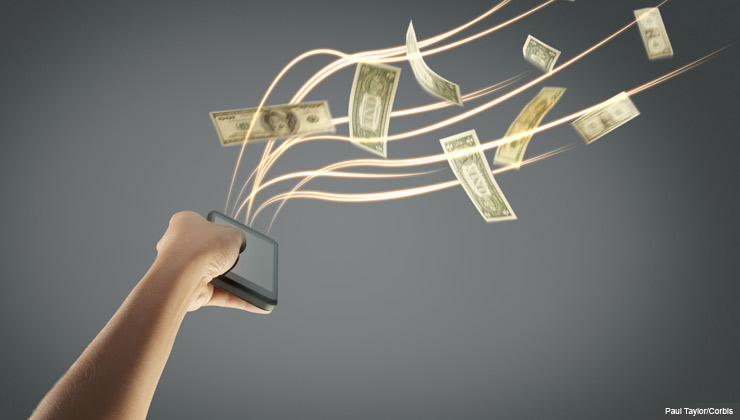Staying Fit


While a good old garage sale is the traditional way to make a buck selling stuff you don’t want, it does take energy to organize one. Let’s see, you’ll need signs, tables, price tags and the patience to meet, greet and haggle with the public.
Fine, if that’s your thing. If not, skip the setup on your lawn and sell your


AARP Membership— $12 for your first year when you sign up for Automatic Renewal
Get instant access to members-only products and hundreds of discounts, a free second membership, and a subscription to AARP the Magazine.
unwanted items on the Internet. The perks? Besides the joy of conducting business in your slippers, you won’t find a larger, deal-shopping audience than the hordes of Web wanderers.
And it’s actually fairly simple to do. If you’re even a wee bit tech savvy, you can accomplish it with your smartphone. Things have reached the point that some PTAs have swapped traditional real-world fund-raising auctions for online ones.
“Doing business online can be a terrific experience, and it’s the most efficient way to get the most money out of your items,” says Linda Criddle, president of ilookbothways.com, which teaches safe practices for the Internet. “But don’t let your guard down.”
What she’s warning about is scammers who peruse the Web in search of victims.
So here’s some expert advice on ways to sell online and do it safely,
whether your wares are garden tools or garden furniture:
1. Classified ads
Probably you’ve heard of Craigslist, a huge, free online market with branches for communities all over the country. In addition, you can post your item, often for a fee, in the online classifieds of major newspapers.
Setup is simple and basically the same at them all: Register and create an account. Then clean up your sale item to make it look its best and use a digital camera or smartphone to take a photo. Write an accurate description, with details on the condition (gently used, a few scratches, etc.), why you’re selling it and why it’s such a fantastic buy.
Remember, people shop the classifieds for bargains, so set your price accordingly.
Tips
- Use only a secure computer to create your account, says Sally Berger, a technology guru who operates Compukiss.com, a technology-demystifying website. Never go to a coffee shop or other public place with free Wi-Fi. Scammers may be able to hack into your computer to snag information.


































































More From AARP
Why You Should Watch Out for Scammers When Job Hunting
FTC is cracking down on companies suspected of employment fraud